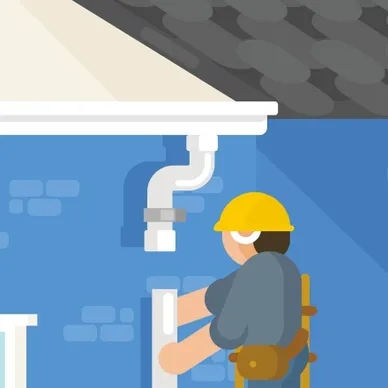Eavestrough, also known as gutters, are an important component of any building’s roofing system. They help to direct water away from the building’s foundation and prevent water damage to the roof, walls, and other parts of the structure. Over time, however, eavestroughs can become damaged or worn out, and may need to be replaced. Here’s how eavestrough replacement typically works:
- Assessment: The first step in eavestrough replacement is to assess the condition of the existing eavestrough. A professional contractor will inspect the gutters for damage or wear and tear, and determine if they need to be replaced.
- Preparation: Once it has been determined that the eavestrough needs to be replaced, the contractor will prepare the area by removing the old eavestrough and cleaning out any debris or buildup that has accumulated in the gutter system.
- Sizing: The contractor will then take measurements of the building’s roofline to determine the correct size and shape of the new eavestrough system.
- Installation: The new eavestrough system will be installed, typically in sections, starting at the highest point of the roofline and working downward. The eavestroughs will be secured in place using hangers or brackets, and any necessary downspouts will be installed.
- Finishing: Once the new eavestrough system is in place, the contractor will test the system to ensure that it is properly installed and functioning as intended. Any necessary adjustments will be made, and the area will be cleaned up and debris removed.
Overall, eavestrough replacement is an important process that can help to protect your building from water damage and prolong the life of your roofing system. By working with a professional contractor who has experience in eavestrough replacement, you can ensure that your new gutters are properly installed and will provide reliable and effective water management for years to come.

